The book “The Legend of Gia Loc Commune, Gia Loc Communal House, the Spirit of Gia Loc Communal House and the Relics in Trang Bang” by Mr. Dang Van Ba, the great-grandson of Commander Tong, written in 1972, has a passage: “Mr. Ca Dang Van Truoc was from Binh Dinh, An Nam district, followed the Southern advance to live in Ben Don (Roundabout) and held the position of Chief Xau… His given name was Dang-Uy-Dua or Dang-Van-Truong, so after his death, all the villagers used the word TRAT instead of the word TRUOC whenever using that noun.
After gradually passing through Trang Bang, which was then a forest, he opened a ward and a hamlet. He let people from far away stay and provided them with rice or money to build houses. In the 17th year of Gia Long (1818), he and many chieftains: The, Muu, Vi, Thu - came to Binh Tinh village (now An Tinh) to ask for more land to establish a village, named "Phuoc Loc village" - now Gia Loc commune. Later, he bought more land from the "Bo De" tree at the small public works, near Phuoc Luu pagoda to Ba Dong canal for 40 quan to expand further...".

Welcome gate, administrative boundary of Tay Ninh - Ho Chi Minh City. Photo: Nguyen Hai Trieu
The entry for “Trang Bang” on the Vietnamese Wikipedia website has the following paragraph: “On December 28, 2018, the Ministry of Construction issued Decision No. 1709/QD-BXD on recognizing Trang Bang district as a type IV urban area”. This is clearly an important technical decision; it is the premise for the National Assembly Standing Committee to issue Resolution No. 865/NQ-UBTVQH14 on January 10, 2020, effective from February 1, 2020.
Accordingly: - Establish Trang Bang town on the basis of the entire area and population of Trang Bang district. This resolution also adjusts the boundaries of Gia Loc commune and the town to establish 2 wards named Trang Bang and Gia Loc. At the same time, convert 4 communes: An Hoa, An Tinh, Gia Binh and Loc Hung into 4 wards with corresponding names. The last thing is to merge 2 communes Phuoc Luu and Binh Thanh into Phuoc Binh commune...".
If you pay attention to the years in the excerpts, you will immediately see two important milestones in the development process of Trang Bang urban area. One is the milestone of 1818 (Gia Long year 17); Mr. Dang Van Truoc and his colleagues came to Binh Tinh village to negotiate the "request for more land" to establish the new village of Phuoc Loc.
The second milestone is December 28, 2018, when the Ministry of Construction decided to recognize Trang Bang district as a type IV urban area (equivalent to a town administrative level). The two milestones are exactly 200 years apart. So let's temporarily divide them into two "hundred-year milestones" of Trang Bang urban area.
In the first milestone (hundred years), the most important event was the digging of the canal and the establishment of the market. This was probably carried out right after the agreement to request land in Binh Tinh was completed, that is, in 1818. And this first construction site probably lasted about 3 years. Because according to the handwritten version of "A Brief History of the Establishment of Gia Loc Village" written by Mr. Do Van Ro in 1989, in 1821, the event of Binh Tinh village suing Mr. Ca to the Thuong Ty in Phan An Tran (Gia Dinh) occurred.
There was even the act of “mobilizing the people (of Binh Tinh village) to prevent the canal from being dug, because of their discontent”. That was because: “Mr. Dang Van Truoc led the people of Phuoc Loc to encroach on Binh Tinh territory, dug a canal to establish a market and also let the people occupy the reclaimed land in Binh Tinh territory… The market established above is Trang Bang market - at the beginning of Trang Bang canal for boats from far away to easily reach…”.
That same year, the Tran mandarin sent Tho Lai Nguyen Van Phung to investigate. Even he saw the benefits of digging a canal to establish a market, so he declared: “Binh Tinh village must cede the land from Sinh Tranh (Lo Voi sluice) running straight to Bau Co Do in Hai Chau intersection, over 1,000 meters on the left - the road to Loc Hung... including Gieng Mach land to Phuoc Loc village so that Mr. Truoc can dig a canal to establish a market, because this work is a great public benefit for the people in Trang Bang area...”.
In addition, Mr. Truong was also punished with 80 lashes, and the land that his subordinates had encroached upon had to be returned to the people of Binh Tinh. He also had to make a “false accusation and hand it over to Binh Tinh village to keep, this matter has clear written documents in An Tinh commune…”.
In the 20s of the 21st century, with the rapid development of Trang Bang urban area, the first construction - the canal and market - seemed small, hidden among hundreds of other large and small constructions that were growing and developing on Trang land. But clearly this was an important breakthrough in Trang Bang.
By the end of the 19th century, there was a scene that colonial doctor JC Baurac wrote in the book "Cochinchina and the inhabitants of the Eastern provinces (1899)", that: "Roads opened and canals were dug out, villages from then on also began to expand, trade developed and Chinese people flocked to do business and live...".
The cover of the book “Trang Bang Phuong Chi” has a printed picture, labeled “A village in Trang Bang” drawn by a French Navy officer in 1865. In the first years of occupying the South, the French expeditionary army often had officers who were also responsible for taking photos or drawing the places they had just visited.
We boldly assume that the above painting is the canal and Trang Bang market. Because this was also the main target of the French army when they invaded Tay Ninh . The landscape is the dead-end canal, behind are rows of thatched houses on the market street, now Dang Van Truoc street. The canal at that time seemed quite wide, with many boats mooring there.
Surrounding the scene is a cloudy sky with coconut trees and an ancient tree right in front. In terms of painting, it is quite successful. But more importantly, it could be the image of the first construction on Trang Bang land when Mr. Dang Van Truoc and his colleagues founded Phuoc Loc village.
In the middle of this first hundred years, in 1861, the French occupied Trang Bang land, establishing a military base in Tay Ninh. From here, a new situation began to open up for the Trang Bang people to fight against foreign invaders. An Tinh had the resistance of the Thong Thi, Doc Tam and Doi Ly. Most prominent was the resistance of the military leader Tong in Gia Loc.
He was the son of Mr. Dang Van Truoc - the commander of the canal digging to establish Trang Bang market. Right from when Chi Hoa citadel was in danger when the French attacked on February 24, 1861: "He sent reinforcements, but the French army was too powerful so Chi Hoa citadel was captured (1861). The French advanced to Trang Bang, he could not fight back, fled to Tha La to hide, but was shown a hiding place by the Vietnamese traitors, so he was captured. The French offered him to surrender so he could be safe and become an official again. He firmly refused, preferring "to die with honor rather than live in disgrace". He was exiled to Inini, Guyane Island and died there" (Dang Van Ba, 1972).
Until the end of the first hundred-year milestone, there was still a conspiracy by the Trang Bang Heaven and Earth Association against the French. This organization was led by Mr. Ho Van Chu, the former village chief of An Tinh village. In Gia Binh commune, there was also an organization led by Mr. Soai Le.
However, these protests were all suppressed by the French. Ho Van Chu and his colleagues were convicted of “conspiracy against national internal security” and exiled to Guyane Island; Soai Le and his colleagues were also arrested and exiled to Con Lon in the late 1910s (according to Trang Bang Phuong Chi).
Tran Vu
(to be continued)
Source





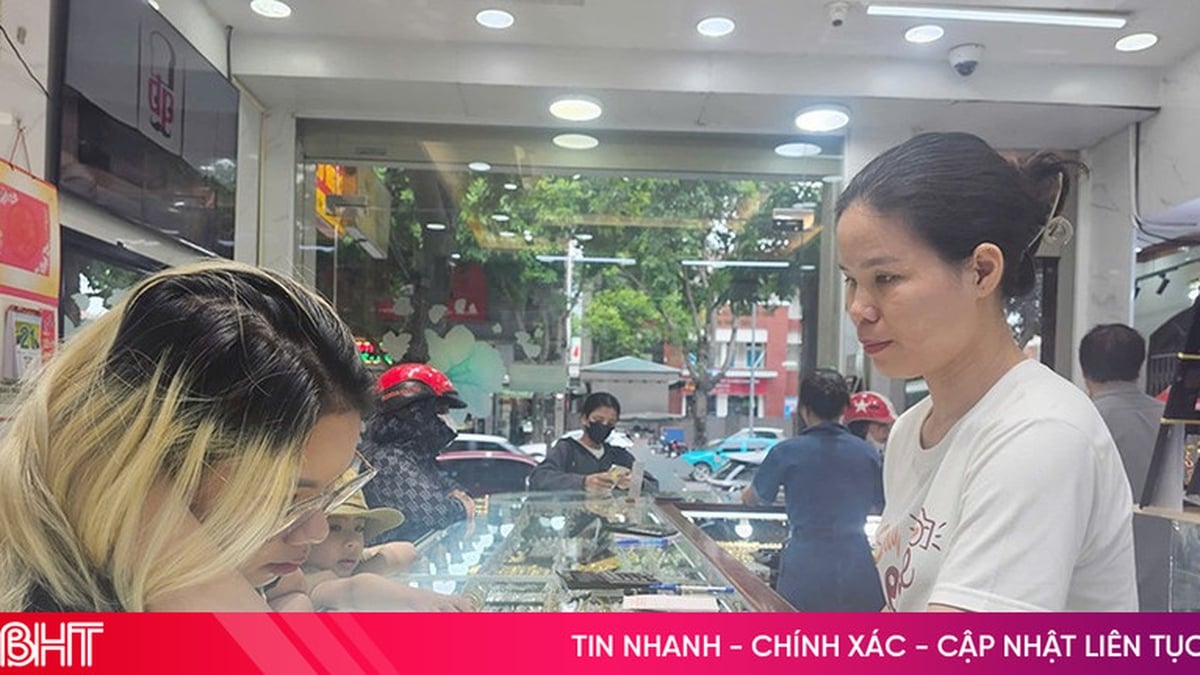


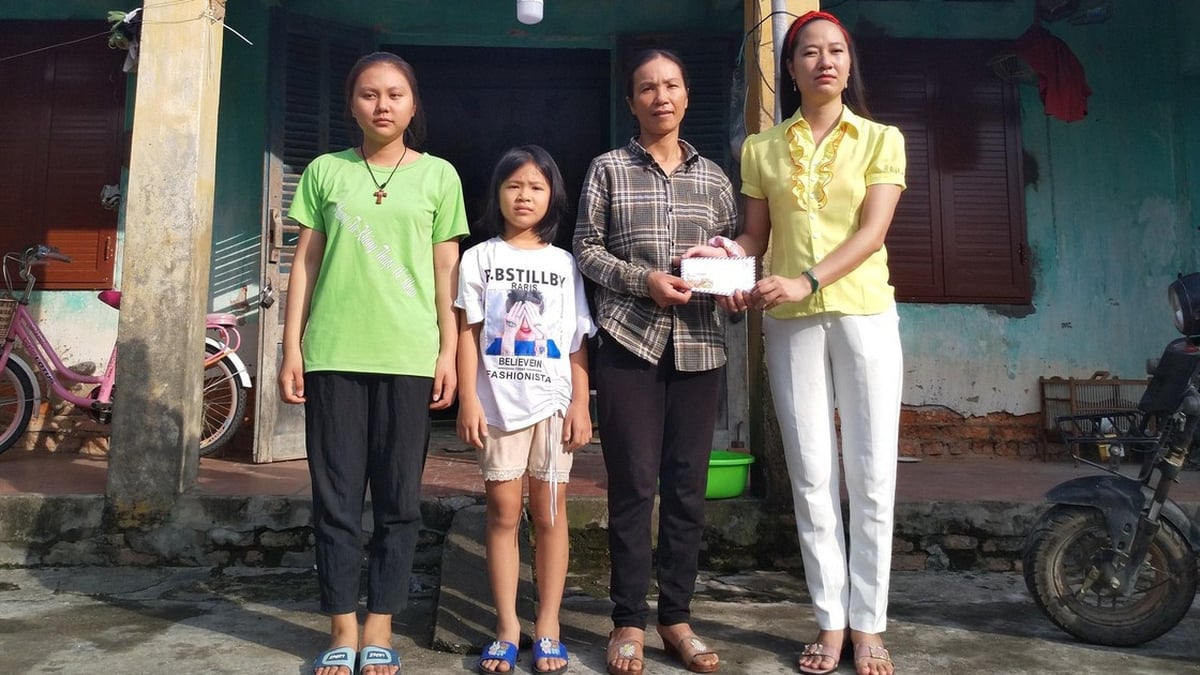

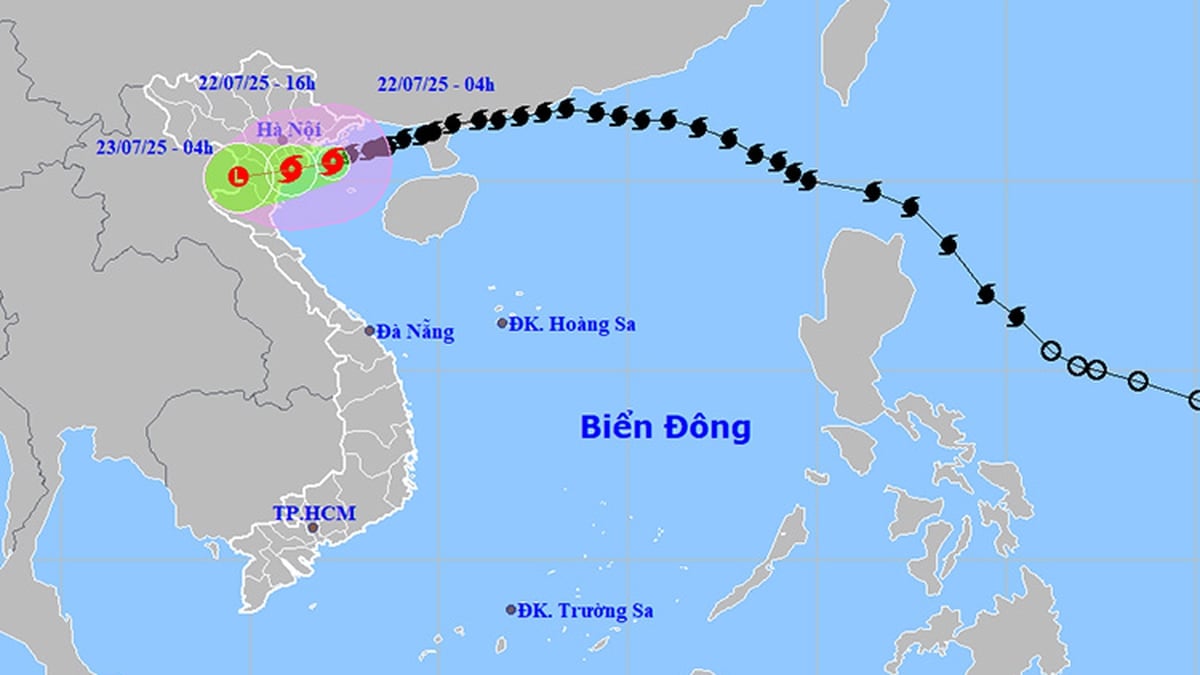













![[Photo] National Assembly Chairman Tran Thanh Man visits Vietnamese Heroic Mother Ta Thi Tran](https://vphoto.vietnam.vn/thumb/1200x675/vietnam/resource/IMAGE/2025/7/20/765c0bd057dd44ad83ab89fe0255b783)





















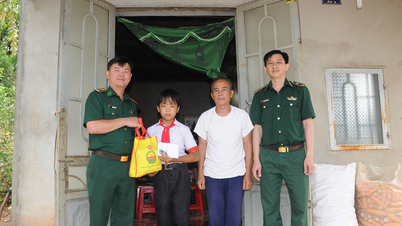



















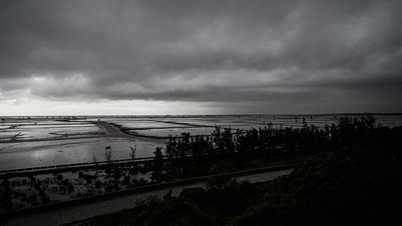

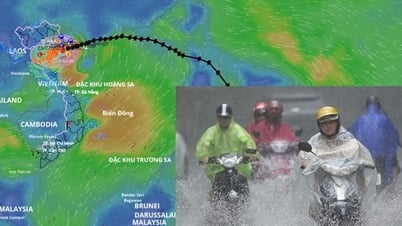

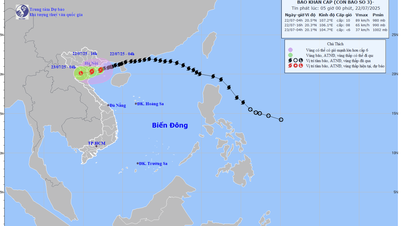


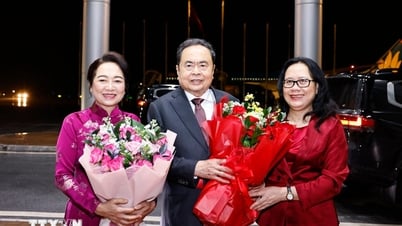
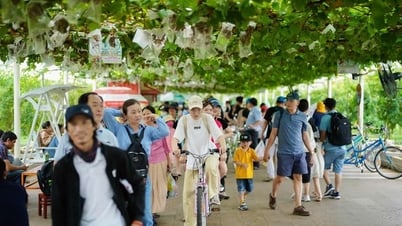

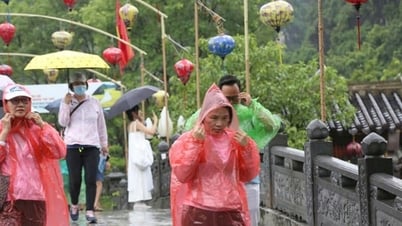


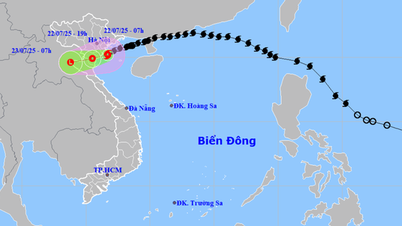
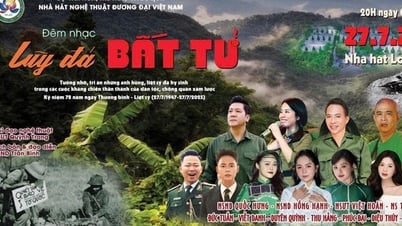
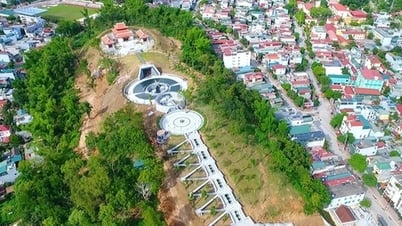





















Comment (0)